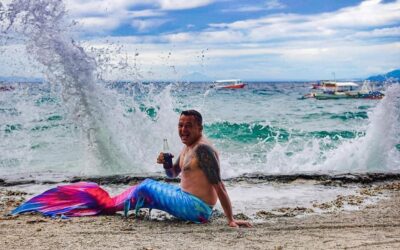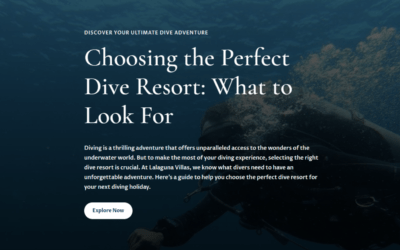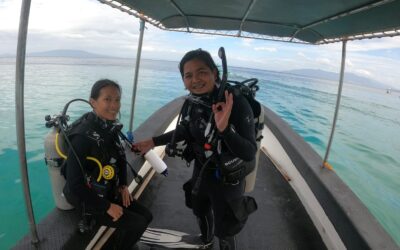Down to the dive site: Montani
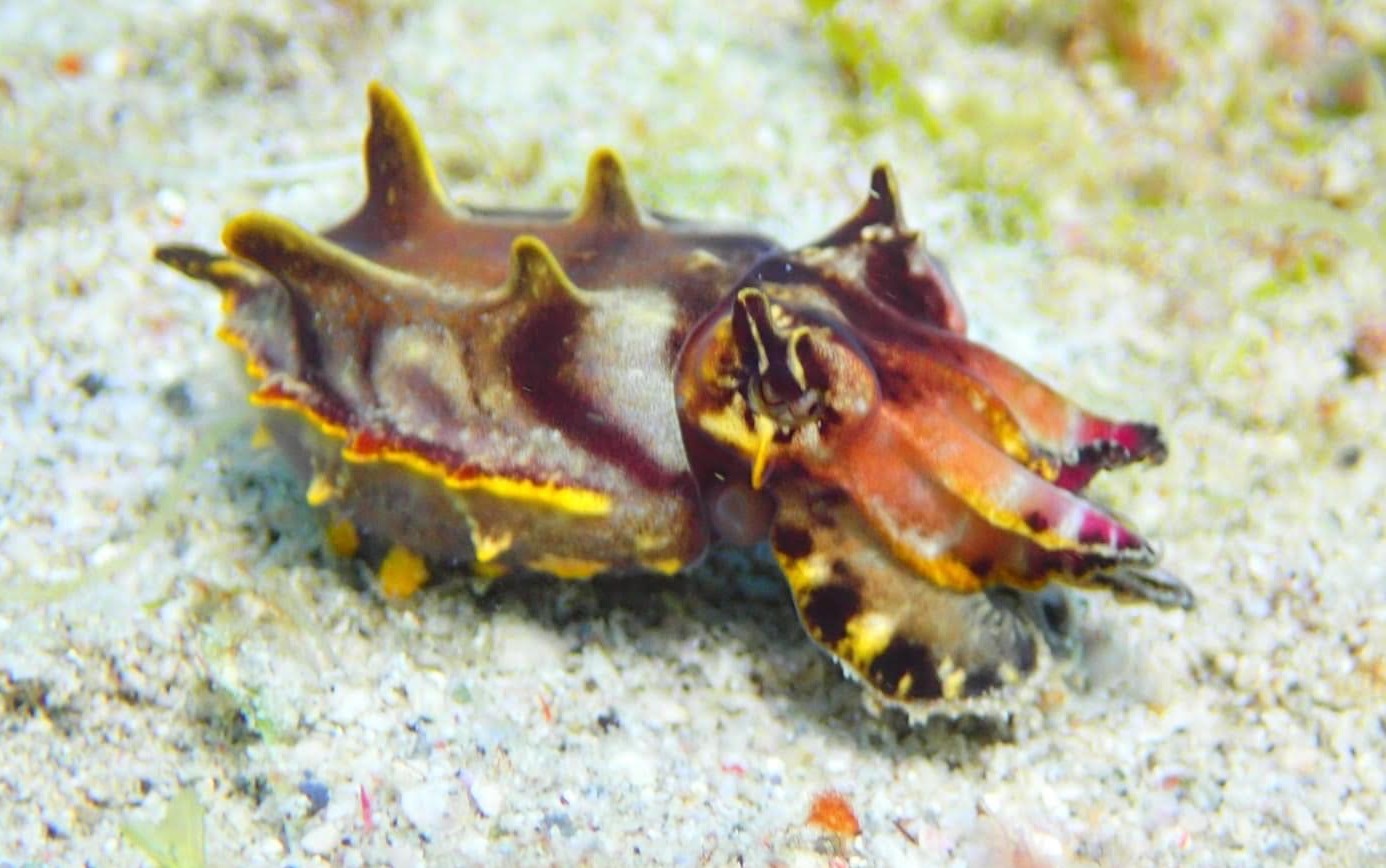
Dive site name: Montani
Dive type: muck dive, macro photography dive
Depth: 9 – 16m
Viz: 5m to 15m
Skill level: beginner and up
Getting there: six minutes by boat
One of Puerto Galera’s hidden gems, the lesser-known dive site of Montani lies in the channel between the Lalaguna headland and Medio Island, adjacent to the dive sites of Giant Clams and Secret Garden.
It’s a muck diver’s paradise guaranteed to convert the most hardened drift diver into a critter fanatic. Recently one regular guest who adores deep water and wall dives allowed himself to be talked into the trip by our PADI instructor team who he’s come to trust, and admitted on the speedboat ride home that Montani was his new favourite site! His SD card was full of images of seahorses, octopus, nudibranches, frogfish and cuttlefish.
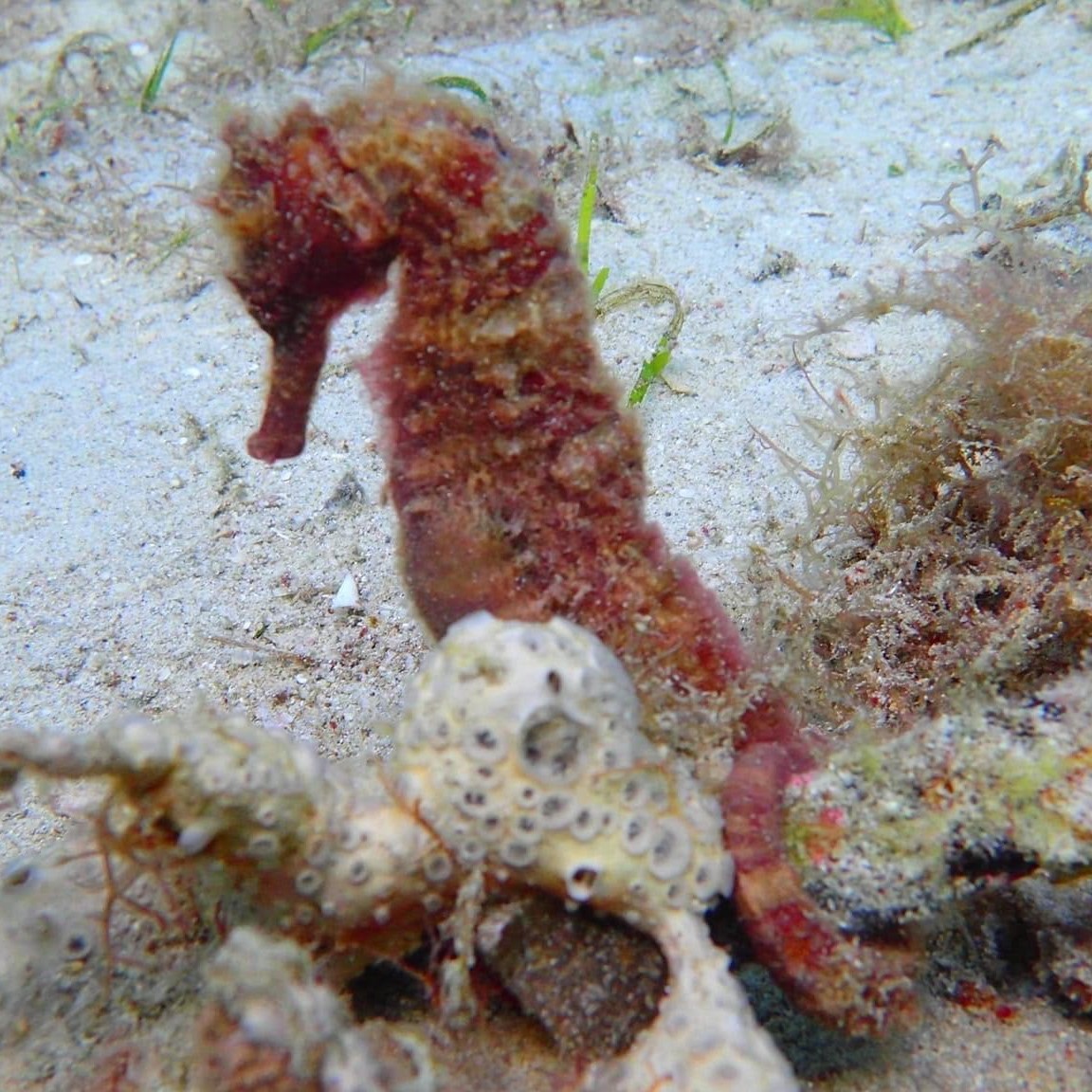
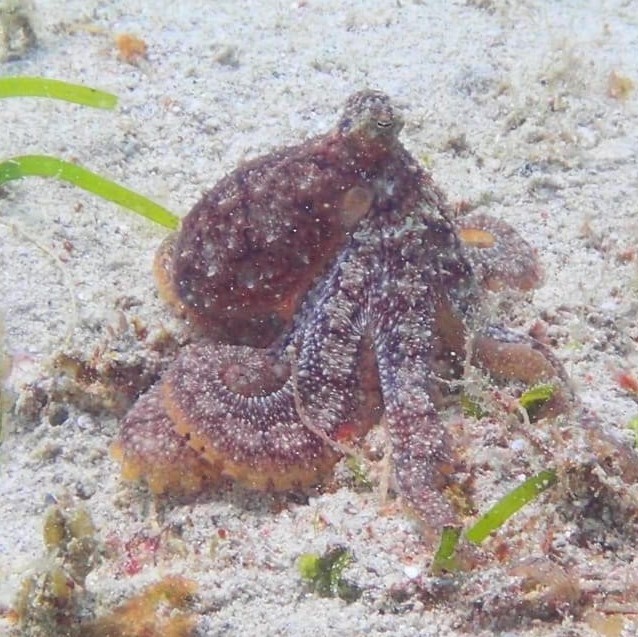
The flamboyant cuttlefish (main image) is one of the most visually striking critters to be spotted here.
These colourful little cephalopods are the only cuttlefish species which actually walk along the seabed, being unable to float for more than a short time. They utilise two of their “arms” as “legs” and pull themselves along. Their bright colours mottle and flash and change but unlike many species with this ability they don’t fade into the sea floor in sandy colours but stand out with bright purples, red and yellows.
When disturbed or attacked they quickly change colour to a pattern of black, dark brown, white, with yellow patches around the mantle, arms, and eyes. The arm tips often display bright red coloration to ward off would-be predators. They are not known to attack humans but uit’s worth bearing in mind this is a venomous species: recent research has found the muscle tissue of flamboyant cuttlefish contains a toxin almost as strong as the infamous blue-ringed octopus, making it only the third cephalod discovered to be poisonous.

Adorable red banded coral shrimp, the largest species of cleaner shrimp, can also be spotted in their natural habitat in the warm sandy waters of Montani.
They grow up to 7.5cm in length with distinctive long pincers almost the size of their body and multiple pairs of long hair-like antennae which can be two or three times the length of the animal itself. In the photo above you can just make out the pointer stick of one of LLV’s PADI Instructors, for scale.
So while it may not show up on everyone’s map of Puerto Galera dive sites, those in the know will tell you Montani is not to be missed. Bring your camera and trust that the LLV team will help make this a critter dive to remember!

